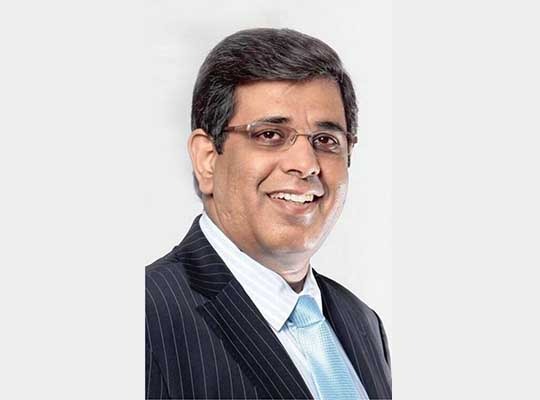26 May, 2020- 5G is witnessed as a revolutionizing technology in many parts of the globe and is yet to fully extend its presence in India. Over the next few years, 5G is projected to become the primary communications network within cities in many countries around the world, including India. It will enable communications 20 times faster than today’s 4G connectivity, transforming mobile networks and helping local governments better support their constituents.
In fact, this technology will change the daily lives of communities and generate a wealth of opportunities for improvements in public safety, transportation, online government services and more. For instance, private cab aggregators like Uber and Ola have inter-city services which require the cab drivers to stand in long ques to pay toll taxes whenever they try to go from one city to the other. Although there are monthly/long term packages available for paying of such taxes, the cab drivers are not sure about the frequency of their travel, hence they refrain from opting such packages.
With 5G connectivity an application could be developed in the future which will be able to keep a track of the location of every vehicle and will automatically deduct the tax amount from the linked payment gateway. To bring in more transparency, tax collection accounts of different states could be linked to the application so that the amount due could automatically be transferred to the respective state bodies. This would not only make operations easier for the cab drivers and aggregators but will also help in managing long-ques that are witnessed at toll complexes on a regular basis.
So what does the connected everything revolution mean for local government and IT leaders?
Getting started with 5G
The next-gen 5G network is not merely an evolution of 4G, it requires massive transformation.
Many local governments are not yet ready with a data architecture that can support the increased volume of data that would be a case when 5G is deployed. The increased volume of data would be in different incoming data types such as video and audio content. Therefore, 5G advantages won’t be realized by building proprietary, vertically integrated networks like those for 4G. A foundation for 5G data interactions will require a modern and flexible data infrastructure including virtualization, both hypervisors and containers, open networking and storage.
Moreover, implementation of 5G connectivity across a nation does not solely rely in the setting up of advanced and compatible infrastructure. 5G revolution could be termed successful not only when citizens are able to make the best of it, but also when the workforce of businesses can cherish the benefits of this technology. They need to be skilled in more than just mobile networking and be organized to integrate DevOps to create new applications that can take advantage of high-speed mobile data. Shifting to 5G will require operational excellence to integrate domain knowledge, data science and computer science skill sets.
Additionally, the foundational shift to 5G must also happen in conjunction with security transformation. Networking and security are evolving in tandem, and 5G supports that evolution, integrating security natively into all services and processes, rather than as an overlay.
Point products, such as firewalls and intrusion detection systems will give way to data-driven, automated security frameworks that leverage the underlying programmable infrastructure for visibility, detection and enforcement.
Balancing the transformations for workforce, IT and security will put cities a step closer to realizing the full benefits of 5G and continue to improve constituent experience.
Digital equity with 5G
5G offers the ability to deploy high-speed connectivity in places where we can’t today, closing the digital divide.
As cities install the 5G backbone, they should also consider how the technology can create a more equitable community. It is expected that by 2050, 66% of the world’s population will be residing in urban areas. Hence, there would be increased demand for water resources, clean energy, transportation, healthcare, public safety, etc. This increased demand will be met by 5G evolution, by harnessing the power of the IoT devices to resolve the challenge with seamless connectivity.
In India, there are several cities like Pune and Jaipur that are already thinking about their transformation into digital cities and deployment of the 5G technology which will make this journey seamless. With the help of emerging technologies such as AI, IoT and big data, cities would be able to derive and develop innovative solutions for local problems.
When it comes to 5G, what’s important to remember is that, this 5G transformation will not be an overnight or simple upgrade, but a gradual architectural evolution. 5G in India is witnessed as a game changer for the economy, and is expected to create an economic impact of more than US$1 trillion by 2035. No doubt this journey will comes with its own set of challenges, but it brings opportunities that will set leading communities apart and pave a path to more efficient and transformational government services. From smart factories to cities to ‘connected everything’ 5G is the key element and the bedrock of innovation, which will transform the way we live and work.















